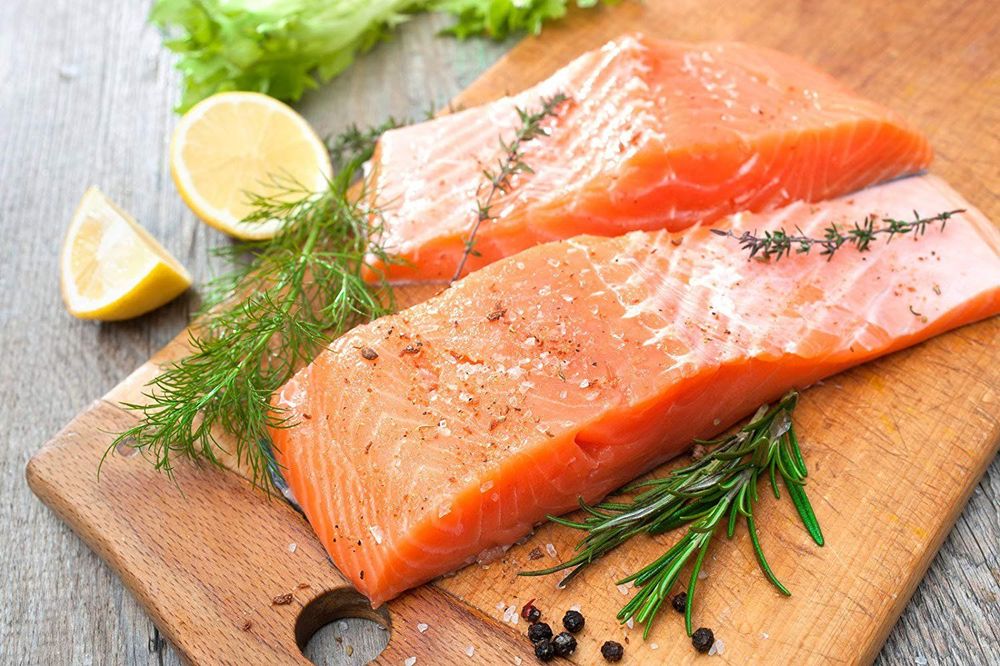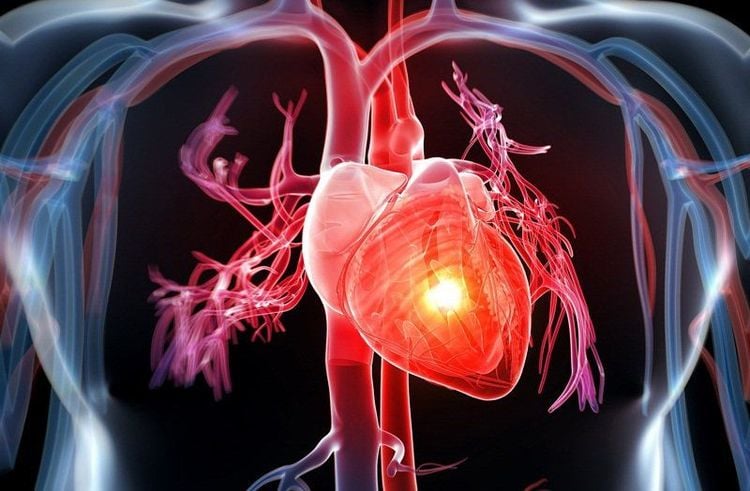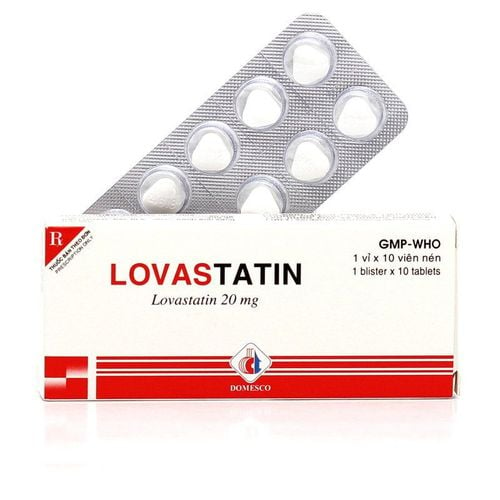This is an automatically translated article.
Fats occur in most foods, including animals and plants. Fats provide calories, help the body absorb certain vitamins, and provide essential nutrients the body needs to function. All high-fat foods contain a mixture of different fats - one of which is polyunsaturated fat. Polyunsaturated fats are usually liquid at room temperature also known as oils.1. What are polyunsaturated fats?
There are two main types of fats, saturated and unsaturated fats. Saturated fats have single bonds and no double bonds in their chemical structure, while unsaturated fats have one or more double bonds.If a fat molecule has a double bond, it is called a monounsaturated fat, but if it has more than one molecule, it is called a polyunsaturated fat.
Polyunsaturated fats - along with monounsaturated fats - are considered healthy fats, as they can reduce the risk of heart disease, especially when replaced with saturated fats.
The two main types of polyunsaturated fats are omega-3 and omega-6 fatty acids.
Both are essential fatty acids that the body needs to maintain brain function and cell growth. However, the body is not able to make essential fatty acids, so people need to get them through the diet.
2. Food source

Người ta tìm thấy hàm lượng chất béo omega -3 lớn trong cá hồi
For example, most of the fat in avocados is saturated, but also contains some monounsaturated and polyunsaturated fats. So some foods provide a higher percentage of omega-3 and omega-6 polyunsaturated fats than others. Here are some foods that are high in essential fatty acids.
2.1 Omega-3 Omega-3s can be found in pine nuts, walnuts, flaxseeds and sunflower seeds - but these sources of fat are less absorbable than fats from fish. Fatty fish, such as salmon, are known for their highest levels of omega-3s, while lower-fat fish, such as herring and sea bass, contain lower levels.
Omega-3 content in 85 grams of fish provides:
Salmon: 1.8 grams Herring: 1.7 grams Sardines: 1.2 grams Mackerel: 1 gram Shrimp: 0.2 grams Non-self-produced fish produce omega-3 fatty acids. Instead, they accumulate by eating algae and small organisms, called plankton
2.2 Omega-6 Plant-based oils high in omega-6 fatty acids - with the exception of coconut and palm oils, contains a high percentage of saturated fat and is solid at room temperature.
Oils high in polyunsaturated fats include:
Safflower oil: 74.6% Grapeseed oil: 69.9% Flaxseed oil: 67.9% Sunflower oil: 65.7% Oil poppy: 62.4% Soybean oil: 58.9% These oils are liquid at room temperature because the double bonds allow the fat structures to bend and fold. Oil-based condiments like mayonnaise and salad dressings, as well as margarines, are also high in omega-6 polyunsaturated fats
3. Health benefits

Chất béo không bão hòa đa omega-3 được biết đến phổ biến nhờ vào lợi ích của hợp chất này lên sức khỏe của tim
In a 5-year study of more than 200 older men, increased fish consumption was associated with a reduction in mental decline. Another study of 5,000 people found that higher fish consumption was associated with a 60% lower risk of dementia and a 70% lower risk of Alzheimer's disease for an average of two years.
However, studies on the effects of omega-3s on brain function have not been conclusive too. Some studies show that omega-3s can improve brain function and memory in older adults, while other studies show no noticeable benefit.
3.2 Improved infant development Mothers who consume between 227 and 340g of fatty fish per week during pregnancy and breastfeeding may be able to help promote the health of their babies. In one study, children raised by mothers who ate a variety of fish foods, more than twice a week on their menus, performed better on tests of motor skills and language than their counterparts. with the group of children whose mothers did not consume enough fish.
However, fish oil supplements did not produce the same results. Randomized controlled studies have found no benefit to infants whose mothers took omega-3 fish oil supplements. Omega-3 supplements during pregnancy have not shown any notable benefit in preventing premature birth, allergies in young children, or supporting mental and visual development in children.
3.3 Maintain heart health Omega-3 polyunsaturated fats are popularly known for their beneficial effects on heart health.
Studies in the 1960s and 70s observed that consumption of Omega-3s can help users reduce their risk of dying from heart disease. Later new studies linked high fish consumption with higher blood levels of omega-3s with a lower risk of heart disease and heart disease-related death.
However, in a study of 12,500 people at risk for heart disease, continuous omega-3 supplementation for 5 years did not reduce the risk of heart-related illness or death.
Similarly, a review of 10 studies in nearly 78,000 people at risk for heart disease found no notable benefit in reducing the risk of heart attack or stroke after taking Omega-3 supplements.
4. Risks due to over-consumption and improper use

Việc tiêu thụ quá mức chất béo không bão hòa đa có thể dẫn tới nguy cơ thừa cân, béo phì
Furthermore, all fats, including polyunsaturated fats, contain 9 calories per gram, more than double the calories found in starches or proteins. Therefore, uncontrolled consumption can cause calories from polyunsaturated fats in the body to increase rapidly and exceed the body's calorie needs. Thereby causing the symptoms of overweight and obesity.
Finally, storage and processing of polyunsaturated fats is an important step in ensuring nutritional integrity and toxicity. Polyunsaturated fats generally have a shorter product life than other fats due to their special double bond structure. Therefore, these products should be stored in a cool, dark place, away from direct light, and should be stored in the refrigerator after opening. Similarly, the smoke point of polyunsaturated fats is also lower than that of other fats, so its use in high-temperature cooking is not recommended. When reaching a certain high temperature point, polyunsaturated fats break down bonds, thereby producing harmful substances that are thought to be possible causes of cancer and neurodegeneration.
Please dial HOTLINE for more information or register for an appointment HERE. Download MyVinmec app to make appointments faster and to manage your bookings easily.
Reference article: Healthline.com












